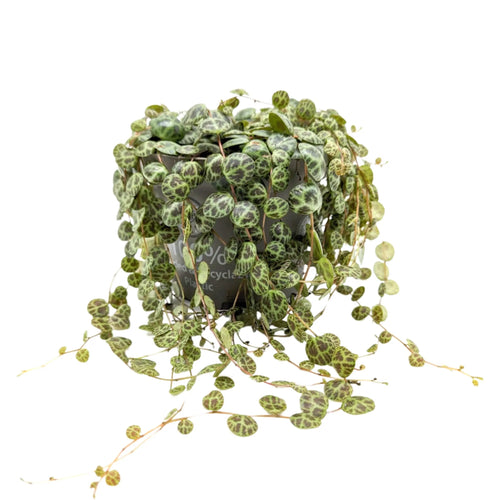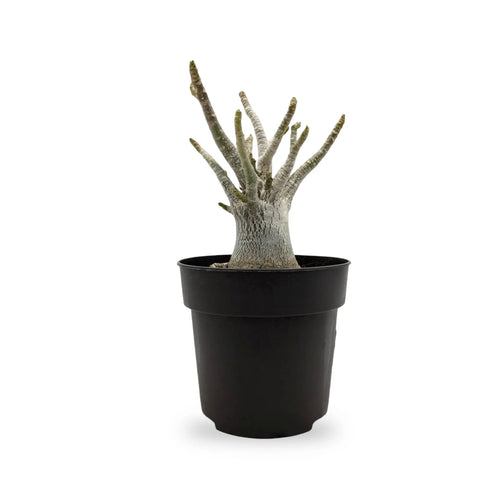12 Pest-Resistant Houseplants for Your Indoor Space
Adding greenery to your home can be both relaxing and rewarding. However, dealing with pests can be a concern for many plant enthusiasts. Luckily, there are several houseplants that are naturally pest-resistant and perfect for both beginners and experienced gardeners. Here’s a guide to some great options that are easy to care for and help keep bugs at bay.
A Quick Note on Safety:
Many pest-resistant plants have leaves that are naturally toxic to deter pests. If you have pets or small children, be cautious about which plants you bring home and place them out of reach if necessary.
1. Sansevieria
Known as the snake plant or mother-in-law’s tongue, this is one of the hardiest houseplants around. It has stiff, upright leaves with striking variegated patterns in green, cream, and yellow. These plants thrive in a range of light conditions, from bright to low light. Watering once every 10 days is sufficient; overwatering is the only way to harm them.
Caution: Toxic to pets if ingested.
2. Aglaonema
Aglaonema is a beautiful plant with green leaves accented by silver, yellow, or red. It can grow in low light, making it ideal for offices or shaded rooms. This plant prefers warm, humid conditions and should be watered weekly. Avoid placing it in direct sunlight, as this can damage the leaves.
Caution: Toxic to pets, so keep it out of reach.
3. Bromeliads
With over 2,000 varieties, bromeliads are colorful and versatile plants. Their thick, waxy leaves naturally resist pests. They thrive in indirect light and require minimal watering. Simply pour water into the plant’s central “cup” and keep the soil slightly moist.
Bonus: These plants are non-toxic, making them safe for households with pets or kids.
4. Cast Iron Plant (Aspidistra Elatior)
This aptly named plant can survive in almost any condition—low light, temperature fluctuations, or inconsistent watering. Its shiny dark green leaves add a touch of elegance to any room. Water only when the soil feels dry.
Bonus: It’s non-toxic and safe for pets.
5. Cissus
Also known as grape ivy or kangaroo vine, cissus is a climbing plant that thrives in cooler temperatures and indirect light. It’s pet-friendly and grows well in decorative pots.
6. Coleus
Coleus plants are loved for their vibrant, colorful foliage that comes in a rainbow of shades. They thrive in bright light and require consistently moist soil, making them ideal for attentive plant owners.
Caution: Toxic to pets.
7. Dracaena
Dracaena plants have tall, striking leaves in various patterns and colors. They do well in filtered light and need humid conditions, making them perfect for kitchens or bathrooms. Water moderately to keep the soil moist but not soggy.
Caution: Toxic to pets.
8. Mosquito Plant (Citronella Plant)
This member of the geranium family has leaves that emit a citrusy scent, naturally repelling mosquitoes. It can grow indoors or outdoors and adapts well to different light conditions.
9. Culinary Herbs
Herbs like basil, mint, and chives not only enhance your cooking but also repel pests with their strong scents. Place them in a sunny spot with good drainage. Note that mint grows aggressively and should be planted separately.
10. Catnip
Catnip is a fun choice for cat owners, as it contains a compound that excites cats. Interestingly, it also deters cockroaches. Grow it in a sunny area and use trimmings to create a natural insect repellent spray.
Bonus: Non-toxic to humans and pets.
11. Jade Plant (Crassula Arborescens)
This succulent is easy to care for and features thick, glossy leaves that pests avoid. Jade plants grow quickly and can tolerate a variety of light and temperature conditions.
Caution: Toxic to pets.
12. Venus Flytrap
This fascinating carnivorous plant catches and digests insects, making it a unique addition to any indoor garden. It thrives in damp soil and bright light and can help keep flies and gnats under control.
A Few Final Tips
Indoor plants not only enhance your space but also improve air quality. Start with one or two of these pest-resistant varieties and see how rewarding it can be to care for plants. Over time, you might find yourself adding more greenery to your home. Gardening, even indoors, can be a wonderful way to boost your well-being.










